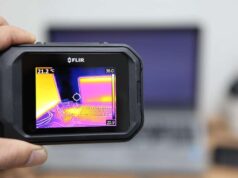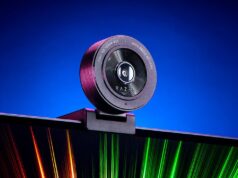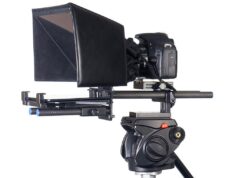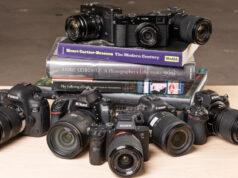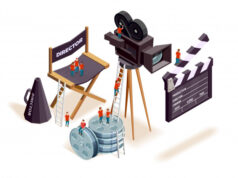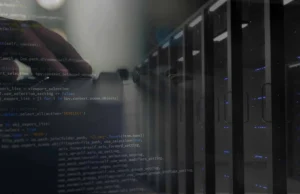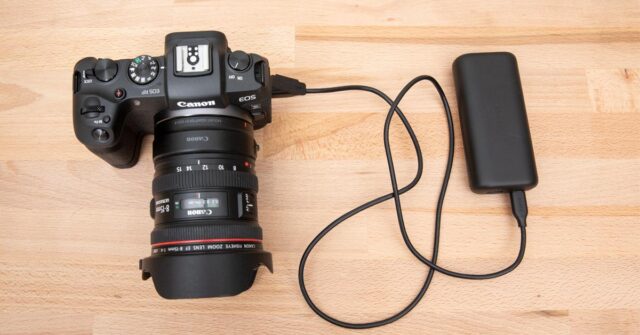
There are several reasons why one decides to buy a camera. Some purchase them to click candid photographs, and others buy them to become professional photographers. Whatever might be the intention behind purchasing a gadget, it is a good idea to know about the essential parts and maintenance of any device before using it.
Cameras have lenses, a viewfinder, a flash and a battery that powers all of these components. Just like the camera in mobile phones is powered by the phone battery; similarly, there are batteries that are specifically manufactured to power Canon cameras.
A phone battery gets drained due to several activities like being on a call, streaming videos on the phone etc. Likewise, a Canon Camera battery gets discharged quickly when in continuous use. Moreover, for amateur photographs, keeping track of the charging of a camera battery is pretty challenging. Hence it is a good idea to go to Powerextraofficial.com to buy extra batteries that make the camera last longer.
How Do Batteries Normally Work?
They have electrolytes that can be split up into charged particles(positive and negative). Apart from an electrolyte, there are two positive or negative electrodes depending on their ability to accept or donate electrons, respectively.
Sometimes they are rechargeable; that is, they can be plugged into an electric circuit to recreate charged particles in the electrolyte. However, the rechargeable ones do not last forever and eventually die out because of multiple reasons, like deposits forming and blocking the electrode.
Why Is It A Good Idea To Have Extra Batteries?
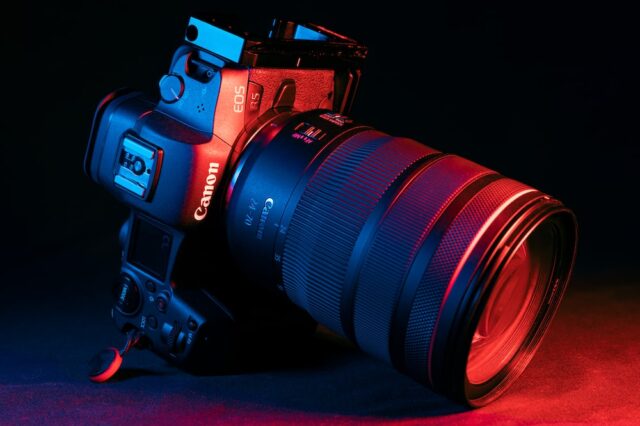
They Last For a Limited Period Of Time
Usually, A Canon Camera battery lasts for 400 to 800 shots. Thus, it can last for approximately four years. However, it depends on a number of factors like the number of pictures clicked, the frequency with which it is charged etc. Usually, it is a good practice not to drain out the full power before charging. However, most people do not proactively plug a device into a charger unless it is completely drained out.
Again, in order to save time, people keep the charging process on for the entire night; this also affects battery life. Again, taking videos is more power-consuming than clicking still shots. Since there are so many factors that are to be taken care of, it is a better idea to carry a power backup given that people are extremely busy in the present times and may not be able to give adequate time to the proper maintenance of gadgets.
Cameras Might Be Required In Cold Or Warm Climates
Most power sources work perfectly at a specific temperature; for most camera batteries, it is a good idea to use and store them at room temperature. However, the camera might sometimes have to be used under extreme temperature conditions. The camera must withstand these harsh conditions if a photo shoot is conducted in snowy weather or desert conditions. In such situations, the power might get discharged sooner than usual, and it is prudent to have a backup.
Electronic Viewfinders Consume Electricity
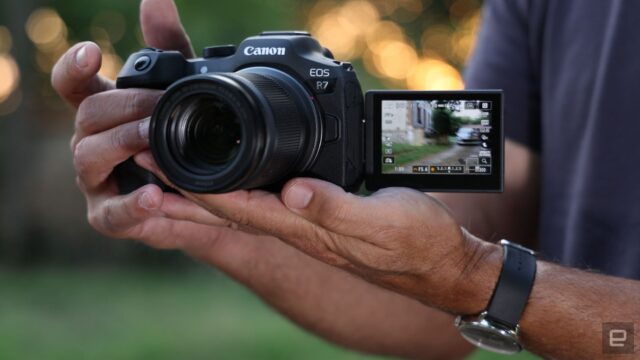
Some cameras come with an optical viewfinder, while others come with an electronic one. The purpose of the viewfinder is to enable the photographer to see the field before clicking the picture. In the case of an optical viewfinder, it is like a glass which shows the area in front of the eye.
Electronic viewfinders show the photographer what the image will look like on a digital screen. Since the screen is digital hence a number of adjustments can be made, which can eventually improve the image quality. If the ultimate image has to be captured in black and white, then the digital screen can transform the field into black and white.
Electronic viewfinders, if used frequently, drain the battery fast since the digital screen needs the power to light up, unlike an optical viewfinder. Hence, it is a good idea to have a power backup before using the digital viewfinder.
Using Flash Light Consumes Power
A flashlight brightens up the image if the surroundings are dark or cloudy. Most modern cameras come with an automatic flash. Flashes consume a lot of energy; hence studios have separate batteries attached for flashlights.
Hence if the photo shoot is happening during the night or under cloudy conditions, the photographer should carry extra batteries. Flashlights consume significant power, and the higher the intensity and number of flashes higher the energy consumption.
Using Image Stabilizers
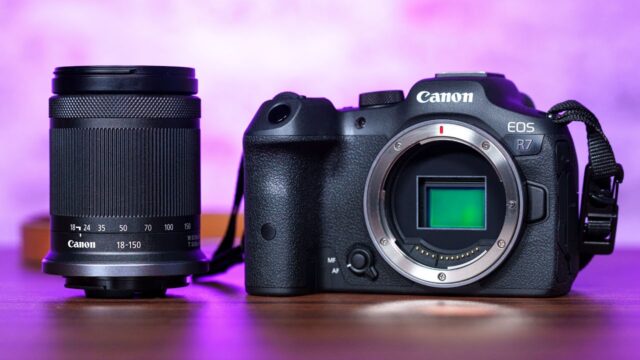
Some cameras have image stabilizers such that the final picture is not blurred. The stabilization is a function of several factors like the focal length of the lens, the shutter speed etc. However, using the stabilizer consumes energy hence if a photographer has shaky hands, it is a good idea to have a power backup.
Forgetting To Switch The Device Off
People should be cautious about switching off the main power button when any device is not in use. However, chance errors do happen, and people might forget to switch off the main power button of the camera.
If the power button remains switched on for a long while, the battery will drain off completely. In such cases, the camera will work after recharging, which will take up a lot of time. Hence carrying extra batteries is advisable for such unintentional errors.
Conclusion
A picture creates lovely memories and captures moments for life. Since a camera’s power might drain off at any time, it is always prudent to be well prepared for an eventuality. Having power backup saves a lot of time.
After all, if the camera shows a low charge in the middle of a wedding party or a birthday shoot, then recharging will take up the entire duration of the party.
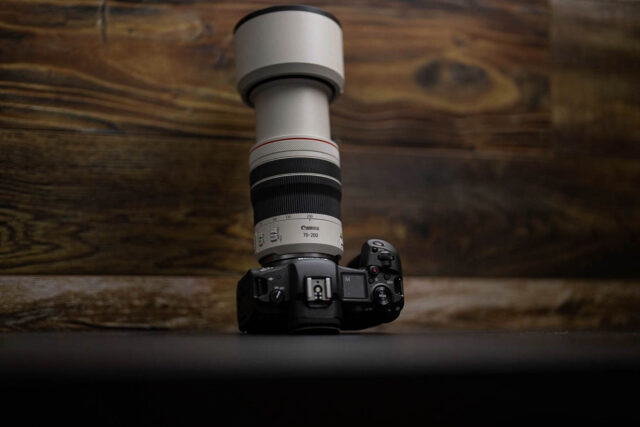
Carrying extra batteries is also a must for wildlife or nature photographers. If the power drains out in the middle of a forest or a desert, quickly replacing a battery is a much wiser option than waiting for the old one to get recharged.

